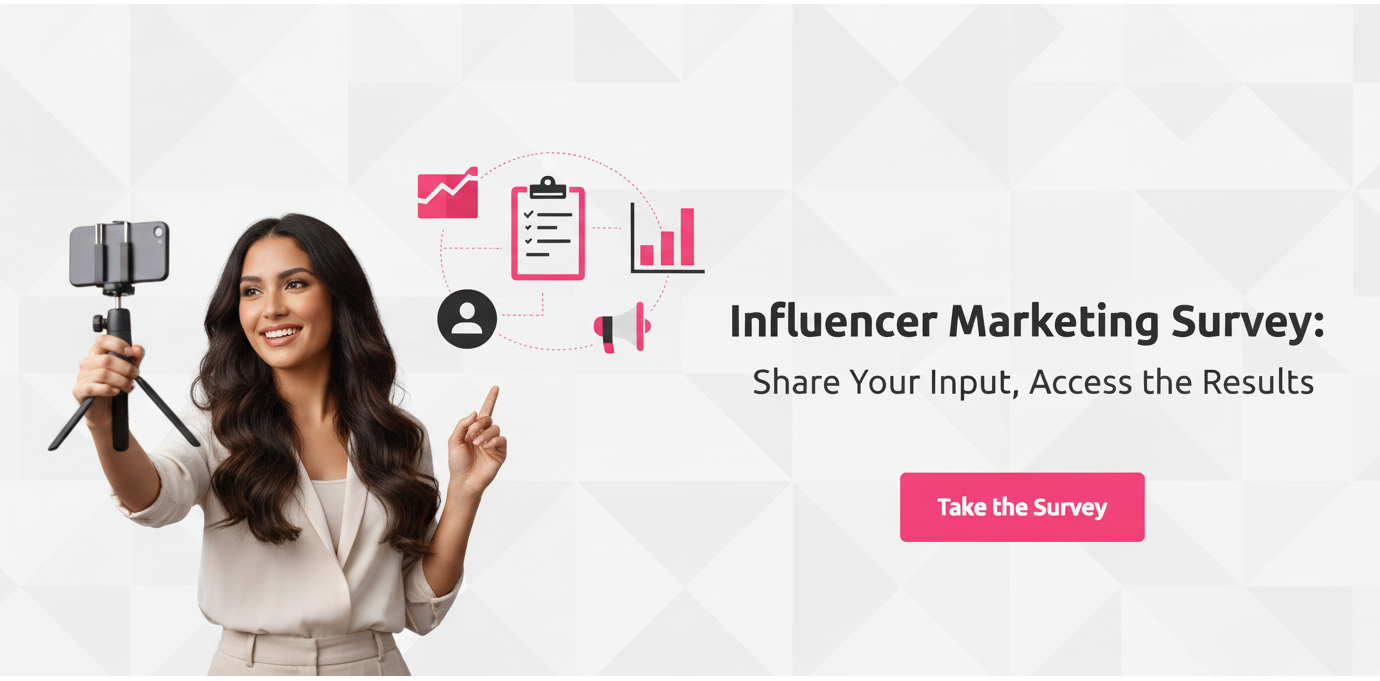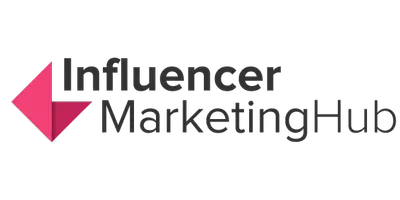- 40% Boost in Influencer Budget: HUL shifted from traditional advertising to amplify social-first demand generation.
- 1,600% Growth in Partnerships: The influencer roster jumped from 700 to over 12,000 creators across 50+ brands.
- 5.5% Cut in Overall Ad Spend: Funds reallocated from ATL/promotions to precise, data-driven digital campaigns.
- Proprietary Data Tool: Category-specific platform optimizes media mix, targeting micro-segments with tailored content.
- Quick Commerce Focus: Doubling product range on instant-delivery channels and leveraging vernacular influencers drove sales.
A strategic pivot toward quick commerce and data-driven creator campaigns underpins the shift.
When Hindustan Unilever (HUL) announced a 5.5% cut in its overall advertising and promotions budget for FY 2025, many in India’s FMCG world raised eyebrows.
After all, this was a company built on mass reach—television commercials, billboards, print ads. Yet alongside that modest trimming, HUL revealed a bold countermove: pumping nearly 40% more into influencer marketing, growing its creator roster from about 700 to over 12,000 in just 12 months.
To understand this seeming paradox—less spent on “above the line,” more on “social-first”—we need to dig into India’s shifting consumer habits, HUL’s “Channel of the Future” playbook, and the data engine steering every rupee.
The Turning Point: From Mass-Media Monolith to Micro-Moments
For decades, brands such as Dove, Surf Excel, and Lakme lived and died by TV GRPs and OOH impressions. But the past two years have seen a tectonic shift: smartphones became primary shopping windows, quick-commerce apps exploded, and vernacular content soared.
“Consumers today aren’t just watching; they’re interacting, and they want recommendations from people they trust,” explains Rohit Jawa, HUL’s MD & CEO.
By reallocating 40% of its digital media outlay to influencer campaigns, HUL is trading broad strokes for finely tuned conversations—snackable, relatable, and rooted in moments when shoppers actually decide what to buy.
Building the 12,000-Strong Creator Network
Just a year ago, HUL worked with around 700 influencers; today that roster tops 12,000 creators across some 50 brands in 15 categories. CEO Rohit Jawa explained the rationale in a video message to employees:
“We have significantly ramped up our digital media investments to drive social-first demand generation and amplified our influencer spends by circa 40% to increase impact generated by engagement and digital awareness of our brands.”
That jump—from 700 to 12,000—represents a 1,600% expansion in one year, underscoring HUL’s belief that creators can reach niche consumer segments far more efficiently than mass-market TV or print campaigns.
To support these efforts, HUL built a three-tiered partnership model:
- Micro-Creators (1K–10K followers) for hyper-local appeal, especially in regional languages.
- Mid-Tier Voices (10K–100K) offering niche expertise—skincare gurus for Lakme, home-care experts for Surf Excel.
- Macro & Celeb Partners (100K+) to anchor flagship launches.
Data at the Heart of Every Campaign
To coordinate such a sprawling network without drowning in complexity, HUL relies on a proprietary influencer-optimization tool. Powered by category-specific data—covering everything from purchase drivers in beauty to usage occasions in home care—this platform dynamically allocates budget across creators and channels.
- Category Tailoring: Each brand category (e.g., personal care, hair care, refreshments) feeds its own performance benchmarks into the tool.
- Real-Time Budgeting: Spend is shifted week-to-week based on metrics like engagement rate, click-throughs to e-comm listings, and short-form video completion.
The result is a marketing cadence more akin to agile product development than the static media plans of old. Underperforming campaigns are paused within days, while high-impact content—say, a skincare tutorial for Lakmé that outperforms by 30%—sees its budget tripled on the fly.
Shifting Spend Into “Channels of the Future”
While influencer budgets climbed, HUL trimmed its overall ad and promotions line from $1,200 to $1,150. That freed capital is being redeployed toward quick-commerce platforms—what HUL calls its “Channel of the Future.”
- Assortment Expansion: HUL doubled the number of SKUs it lists on instant-delivery apps in FY25, ensuring its portfolio—from Dove lotion to Surf Excel pods—is available within 30 minutes of ordering.
- Integrated Promotions: Creator-driven content often includes time-limited promo codes redeemable on the same app, shortening the path from inspiration to purchase.
This two-pronged strategy—creator engagement plus on-demand availability—reflects HUL’s response to muted overall consumption growth: instead of pushing ever more ad dollars into TV, they’re meeting consumers in the apps they actually shop.
Vernacular Creators, Pan-India Reach
A critical element of HUL’s social-first demand generation is vernacular influencer marketing. Recognizing that India’s 1.4 billion consumers speak hundreds of languages, HUL now segments campaigns by language and region:
- Beauty & Well-Being: For brands like Lakmé and Dove, HUL partners with Hindi-, Tamil-, and Bengali-speaking beauty vloggers who explain product benefits in local idioms and cultural contexts.
- Home Care: Surf Excel collaborated with Marathi- and Gujarati-language homemakers on YouTube Shorts, crafting relatable day-in-the-life micro-vlogs that clocked millions of views.
By tailoring both the messenger and the message, HUL unlocked deeper engagement in Tier 2 and Tier 3 cities—areas where traditional national TV campaigns struggled to resonate.
Pivoting to Influence: HUL’s New Marketing Playbook
In cutting traditional ad spend while supercharging its creator network, HUL has rewritten the rules of FMCG marketing. By scaling to 12,000 influencers, leveraging real-time data to steer budgets, and aligning with India’s instant-commerce boom, the company meets consumers where they shop, scroll, and share.
This social-first approach—rooted in vernacular storytelling, agile campaign optimization, and measurable ROI—has not only driven digital awareness but also translated into tangible sales. As consumption patterns evolve, HUL’s emphasis on dynamic creator partnerships offers a blueprint for brands seeking growth in a low-velocity market.



